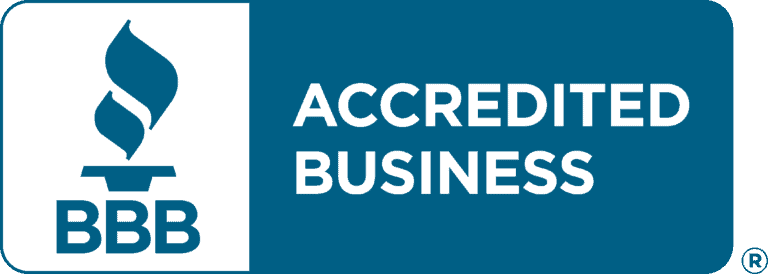It is difficult to ignore the indelible mark the global pandemic left in 2020, affecting the way businesses and corporations operated. At the height of it all, a lot of departments in businesses came to a grinding halt and many had to remain closed entirely. HR managers are facing new challenges and trends that they have never experienced before.
Some of these challenges include managing remote work, employee communication and engagement, uncertainty, and employee mental health and wellbeing.
The production and procurement of vaccines offer a solution to the pandemic, with the promise that things will go back the way it used to. But how much is here to stay?
Post-COVID presents effective trends for HR managers to work on. Some of these trends have been going on for some time, but have not been embraced on a much larger scale.
These trends are not rooted in old working practices that have been productive.
In order to manage your company’s most valuable assets—its workforce—you should implement these new HR trends.
Home is the New Workplace
The pandemic exposed us to several productive ways of getting the work done. One of them is working from home. Typically, this was reserved for freelancers and virtual assistants. Now, the scope has extended to almost every workforce in organizations.
This goes to say that working remotely has a place in how we work. Organizations such as Twitter, Capital One, Google, and Microsoft have announced that they have adopted working remotely for their employees.
As an HR personnel, this new development calls for the adoption of a hybrid workplace model to improve productivity from your employees. This model will also provide the necessary details as to when employees will show up to the office only when needed.
Flexibility is the In-Thing
Now that the organizations are gradually accepting working remotely as a solution for keeping business processes moving, it presents some deep insights which HR managers should take note of.
The line between remote workers and freelancers has become increasingly blurred. Previously, freelancers and virtual assistants were only contracted to handle non-administrative duties, leaving essential duties to staff.
With current happenings, it is up to you to decide if your remote workers are virtual assistants or full-time staff. This will form part of your hybrid model to create flexibility while boosting productivity.
HR Practices Revised
As a result of increased remote working, HR practices are shifting. Practices such as interviews, recruitment, onboarding, and even performance management have heavily relied on one-on-one conversations. From all indications, it is not going to stay that way.
With remote work in place, it seems difficult to check with employees working from the comforts of their homes. It is imperative to revisit and revise your practices to factor in technology to keep up these practices.
Take advantage of online tools to boost organic activities for your workforce.
Revisit Employee Experience
As an HR officer, picture yourself in a pre-COVID time. Imagine you are interviewing prospective staff, and informing them about company policies, work regulations, and everything in between. Now see yourself walking them to their workspace and introducing them to the rest of the staff during onboarding. Imagine them asking or contributing during in-person meetings.
Now, picture the experience of such a person on a virtual platform. Would the new recruit react differently if the experiences are virtual and not in-person?
You need to revisit and design an employee experience that would accommodate a virtual process. This should include workers’ wellbeing, collaboration with others, connection, and a work-life balance for your intending and old staff.
Evaluate Employee Expectations
Make no mistake; workers this year are going to pick a job that is not only productive but rewarding. Thus, you as an HR officer would need to make vacant positions as attractive as possible.
Employees will want to work for companies that commit to their health and safety. More so, they would want to work for businesses that care about their wellbeing—mental, physical, or otherwise.
New Focus on Learning and Development
As working conditions continually evolve, employees will be looking towards improving their work experiences and upskill themselves. HR managers must provide recommended learning and development modules to promote growth in the workplace.
Your organization should be purpose-driven. Thus, you should foster this with a constantly evolving learning and development process for your workforce.
Digitization – a Growth Imperative
Businesses that were technology-reliant took advantage and thrived as the pandemic festered. They infused tools with the aid of technology and the internet to increase productivity while other businesses struggled to remain open.
As we prepare for a post-COVID, you as an HR manager must take advantage of IT with improved working practices to enhance productivity and drastically reduce challenges.
A Priority on Workplace Safety
Manufacturing and distribution companies have always placed employee safety on high alert. Now, more than ever, safety measures should be implemented and enforced at the workplace.
Measures such as social distancing, proper sanitization, use of recommended PPEs, use of face, etc. must be encouraged.
2021 presents new HR challenges for emerging and established businesses. HR Officers, therefore, must move with the trend to establish a great working relationship with their workforce and improve productivity.






